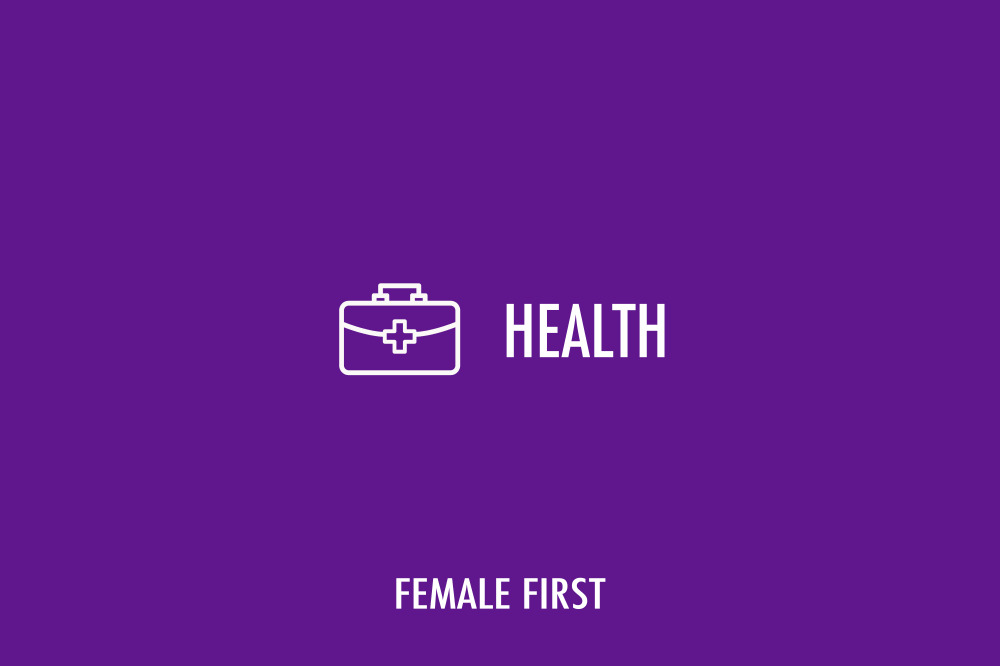We're all aware that breast is best for the baby, even new research from the Institute for Food, Nutrition and Health in Zurich, released this week, highlighted just how good it is.

Health on Female First
Breast-feeding cuts mothers’ risk of breast and ovarian cancers and helps safeguard against intestinal disorders and help babies’ immune systems develop.
Sarah and Vikki, otherwise known as “The Perfect Pair”, are NHS breastfeeding peer support workers from the Kiddicare Hedge End superstore. Here they offer their top ten perky tips for breastfeeding success.
Top 10 tips for successful breastfeeding:
1. Facts not fiction
Colostrum is the first “milk” you make. It is thick and yellow – perfect for your baby! Science has studied breast milk and discovered that 7% of breastmilk is unfathomable. It cannot be artificially recreated. The size of your breasts does not affect the amount of milk you make as milk is made continuously. Large areola, tiny breasts, inverted nipple…your baby does not mind!
2. Get support – and we are not talking nursing bras!
Seek out local support groups before you have your baby. Talking to women who have done the same will fill you with confidence. There are also great websites for reference at home. Tell your Midwife you intend to breastfeed, add this detail to your birth plan.
3. Days 3 – 5
Days 3 to 5 post partum your milk will come in. It is normal to feel emotional. If you are worried at any point then please talk to your midwife.
4. First 6 weeks
It can take 6 weeks to establish good “supply and demand”. You can begin this process by skin to skin immediately after birth which regulates heart rate and temperature. Your body is supplying enough milk to satisfy the needs of your growing baby. Breastfeeding is natural but not instinctive. It’s like riding a bike; learning can be difficult, even sore if you get it wrong. Once you have mastered it then it is easy. You will be recognising baby’s cues and be able to do it blindfolded (well, in the dark!)
5. Build the fortress
Get comfy, support yourself. If you are at home get sat in a comfy spot. Most importantly make sure the TV remote, your phone and a cool drink are in reach. When outside the home look for establishments that pride themselves on their breastfeeding friendly status. Look up your local sling meets (try before you buy), equally invest in a nursing cover. Or not (you can feed when out and about without anyone even knowing. Practice in front of a mirror at home).
6. Positioning
Remember our 3 favourite ditties: 1) Tummy to Mummy 2) Nose to Nipple 3) The Angle of Dangle. Positioning baby’s tummy facing your tummy will make for a better and easier latch and baby will not be stretching awkwardly. Putting his nose to your nipple will make him open his mouth wide so he will latch naturally towards you. Ladies, nipples point in all directions. Just be aware of this when positioning baby. There is no point in having baby face on towards your breast if your nipple points down. The other 2 commonly seen positions are the “rugby hold” and a reclined position.
7. Watch the baby not the clock
You cannot time a feed. Baby might need a “snack” rather than a “meal”. Baby’s feed for more than just nourishment. Demand feeding is exactly that – not restricting the amount of milk or the length of time you feed him for. You will know baby is feeding successfully by watching his jaw move, hearing rhythmic gulping and swallowing. The beginning of the feed is louder and faster due to fore milk and slower and quieter towards the end due to hind milk. You grew your baby for 9 months and now you are sustaining him. You are doing an amazing job.
8. Every feed counts
It doesn’t matter how long you feed for, but every feed does count. Your breasts don’t know whether it is your baby feeding directly or the pump expressing. Every time milk is removed, your breasts will make more. The action of expressing mimics the baby suckling, the baby suckling produces prolactin. Prolactin is the hormone that creates more milk and together with oxytocin (the lurve hormone!)these hormones cause let down and encourages the milk to flow. If you find that expressing is challenging remember if you do it at the same time every day and it will become normal for your body.
9. You
YOU need to take care of yourself. Stay hydrated, eat regularly and accept help when it is offered.
10. Sleep when baby sleeps
Everything else can wait. Sleep is your best weapon.
Tagged in Health Breastfeeding Women's Health

